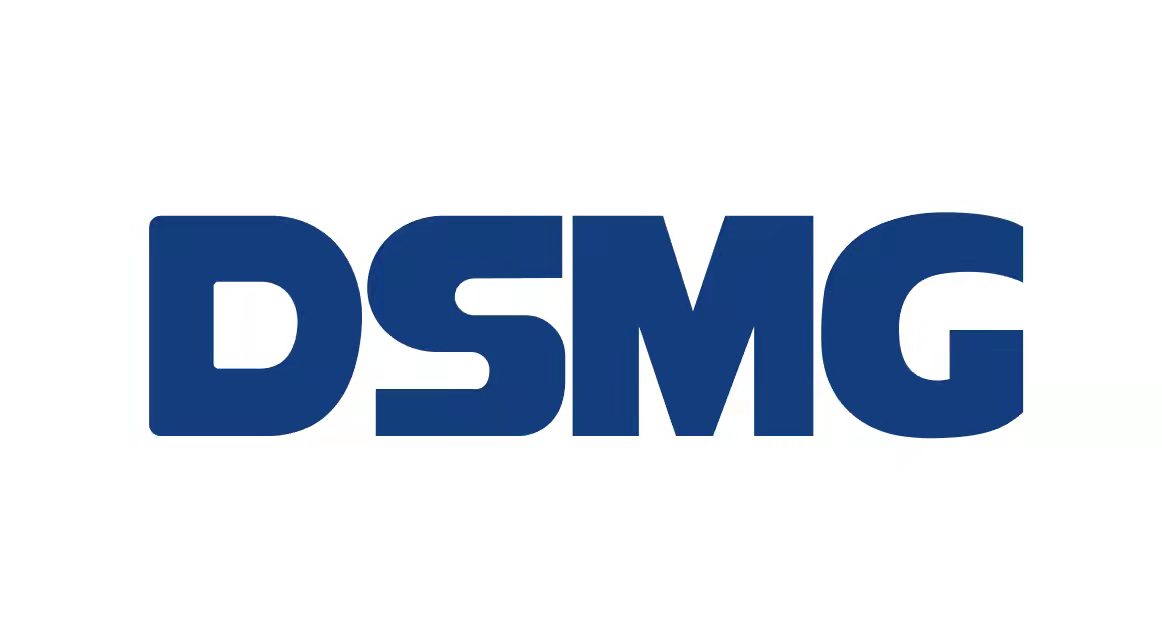What is shot blasting machine?
Introduction to Shot Blasting Machine
A shot blasting machine is a powerful equipment that uses a high-pressure stream of metal beads to clean and prepare metal surfaces. Driven by an electric motor, the machine accelerates steel shots using a centrifugal wheel, propelling them at high speed onto the surface of the object being processed. This process effectively removes adhered sand, scale, and other contaminants from castings, forgings, plates, and profiles. Additionally, it enhances the adhesion of paints and coatings on metal products, improving their durability and finish.
Working Principle of the Shot Blasting Machine
Abrasives continuously enter the impeller of the shot blasting device through the feed inlet. Inside the impeller, the abrasives are accelerated and then projected onto the components moving on the conveyor. The used abrasives fall through a perforated cover into the hopper at the bottom of the shot blasting chamber. A screw conveyor transports these abrasives to a bucket elevator, which lifts them to the upper part of the machine. The air separator removes dust and fine particles from the abrasives, while the cleaned abrasives are stored in a storage bin and fed back to the shot blasting device through the abrasive feed gate. The dust collector extracts dust-laden air from the shot blasting chamber and the separator, with clean air being discharged through a blower. The dust is collected in a container via a star-shaped unloader at the bottom.
Key Components of the Shot Blasting Machine
1. Shot Blasting Wheel
The shot blasting wheel is driven by an electric motor and typically consists of 4 to 8 blades (depending on the manufacturer), propelling steel shots at high speed onto the product surface. The outer shell of the turbine is made of manganese steel, reinforced with high-chromium alloy steel linings, an impeller, blades, a directional sleeve, a pellet-dividing wheel, and a feed inlet. This design ensures strong wear resistance and achieves both static and dynamic balance. The shot blasting wheel is equipped with a valve that allows precise adjustment of the abrasive flow, with the speed controlled by an inverter according to the shot blasting procedure.
2. Shot Blasting Chamber
The shot blasting chamber is constructed from heavy-duty steel plates, supported by a solid welded structure. The interior is lined with high-manganese steel, with work-hardened manganese steel applied to high-wear areas. The chamber is designed to clean parts and act as a containment unit for the abrasives.
3. Screw Conveyor
The abrasives projected by the shot blasting device fall into the shot blasting chamber. Through holes in the hopper, the abrasives slide onto the screw conveyor, which transports them to the bottom of the bucket elevator.
4. Bucket Elevator
Inside the bucket elevator casing, a belt with buckets forms a loop. These buckets transport the abrasive medium from the bottom to the top. When the direction changes at the top, the abrasive medium falls from the bucket into a connected chute. The used abrasives are conveyed from the bottom to the top for further processing.
5. Separator
The abrasive purifier receives abrasives from the bucket elevator and forms a curtain using an adjustable counterweight system. An air current passes through this curtain, removing sand, fine particles, and contaminants from the abrasive mixture before the effective abrasives return to the shot blasting device. The separator system combines a cascade plate with the air current from the filtration device to collect usable abrasives and send them back to the abrasive container. Waste abrasives fall into a dust-collecting bag, while fine dust enters the filtration device.
6. Rotary Screen Separator
A rotary screen is installed inside the separator. The abrasive mixture is discharged from the head of the bucket elevator into the rotary screen through the upper screw conveyor. The drum screen sifts out larger metal impurities mixed in the steel shots, which then fall into a waste hopper on the ground through a discharge pipe.
7. Storage Hopper
The storage hopper is located below the separator and is filled with sufficient abrasives to ensure continuous operation of the shot blasting device throughout the process.
8. Abrasive Valve
Each shot blasting device is equipped with an independent abrasive valve. The abrasive flow is only opened when the abrasive material reaches the turbine, minimizing damage caused by machine idling.
9. Dust Collector
The fan generates the necessary flow rate and pressure to extract dust-laden air from the shot blasting chamber and the separator. The air enters the dust collector from the side, then flows into the sedimentation and equalization chamber. Through expansion in the equalization chamber, the air velocity decreases, and the flow is distributed across the entire sedimentation area. Heavier dust particles settle, while fine particles float upward into filter tubes. Clean air is discharged through the blower, and the dust is collected at the bottom of the dust collector.
10. Electrical Control Box
The electrical control box includes contactors, relays, buttons, main isolating switches, safety limit switches, emergency switches, grounding systems, indicator lights, low-voltage transformers, cables, protective conduits, and terminal connections, with complete wiring inside the electrical panel. Ammeters and voltmeters are installed for the shot blasting wheels to provide instant and accurate readings.
Conclusion
The shot blasting machine is an essential tool in industries such as metal fabrication, automotive, and construction. By integrating high-performance components, it ensures efficient and reliable surface cleaning and preparation, resulting in improved product quality and durability.
 中文版
中文版